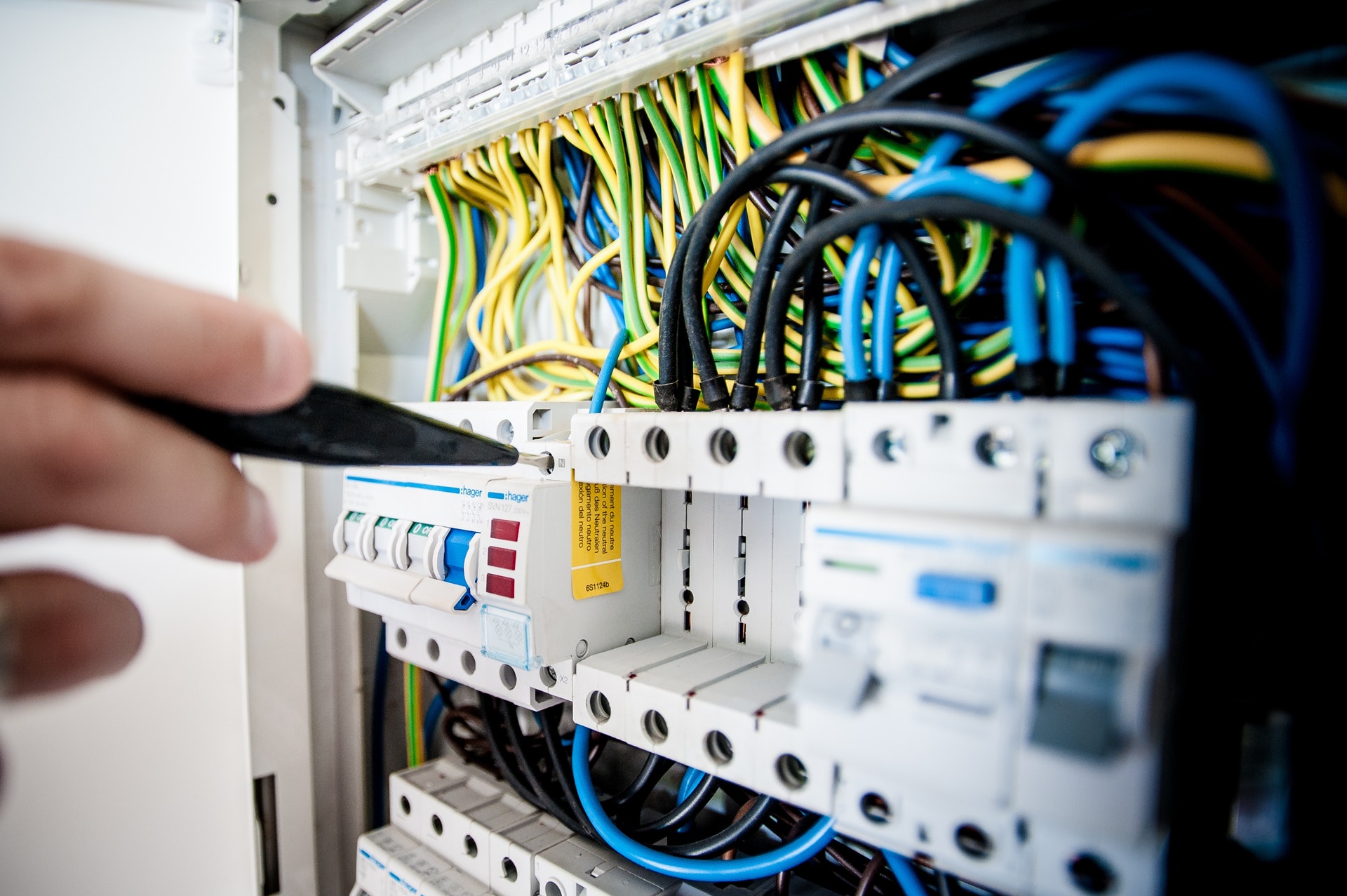What Equipment Do You Need for a Do It Yourself Solar Installation?
 When people see solar panels advertised for a price per panel of $180-300 each, they often end up surprised at how much the total equipment package costs when all is said and done. You can’t just plug a solar panel straight into your house and let it run (but wouldn’t that be sweet). What equipment do you need for a do it yourself solar installation? Let’s break it down based on the different types of equipment.
When people see solar panels advertised for a price per panel of $180-300 each, they often end up surprised at how much the total equipment package costs when all is said and done. You can’t just plug a solar panel straight into your house and let it run (but wouldn’t that be sweet). What equipment do you need for a do it yourself solar installation? Let’s break it down based on the different types of equipment.
String Inverter System
A string inverter system is the simplest type of solar panel system. All the panels are connected in 1 or 2 circuits with not a lot of extra equipment. You’ll need:
- Solar panels
- A central inverter
- A monitoring system
- Rails
- Clamps
- Mounting brackets
- Grounding wire (usually #6 bare copper)
- PV wire (usually #10AWG with a thicker insulation)
- Conduit
- Safety labels
Microinverter System
- Solar panels
- One or two solar panels per microinverter (we like the dual input microinverter from APSystems)
- A monitoring system compatible with your microinverters
- Rails
- Clamps
- Mounting brackets
- Grounding wire (usually #6 bare copper)
- AC wire (usually #12AWG, 3 conductors per circuit)
- Conduit
- Safety labels
SolarEdge System
The SolarEdge system is a unique and advanced technology that combines the best of the string inverter and microinverter worlds. Here’s what one of their systems includes.
- Solar panels
- A DC optimizer for each panel
- A wall or pole mounted inverter
- A monitoring system
- Rails
- Clamps
- Mounting brackets
- Grounding wire (usually #6 bare copper)
- PV wire (enough to connect the ends of your optimizer chains to the inverter)
- Conduit
- Safety labels
Off Grid or Hybrid System
Off grid or hybrid (think “backup power”) systems require many extra parts to make sure the batteries charge properly and don’t get fried.
- Solar panels
- 1 or more charge controllers to connect the panels to the batteries
- Flooded lead acid, AGM, or lithium ion batteries (We like AGM batteries for safety and cost effectiveness.)
- An inverter/charger
- Circuit breakers for each part of the circuit
- An optional extra electrical panel dedicated to your critical circuits
- A power distribution panel
- A monitoring system
- An automatic generator start
- A communication box
- Rails
- Clamps
- Mounting brackets
- Grounding wire (usually #6 bare copper)
- PV wire
- Conduit
- Safety labels
Want to know more? Do you need help figuring out a cost effective system that can power what you need? Email info@alinekc.com and ask us anything about the equipment you’d need.